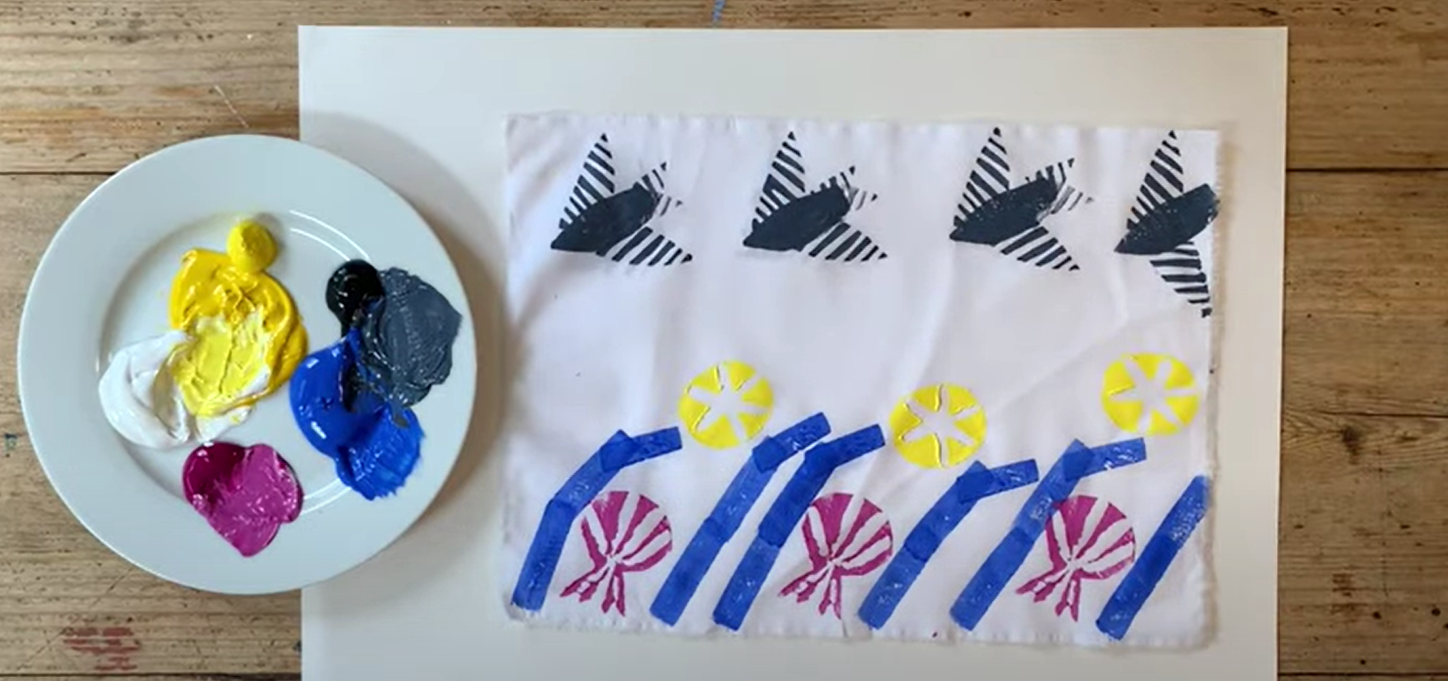Can You Imagine Life After the Pandemic?
When I lived in Ireland I had to learn to drive on the other side of the road. That alone might have been enough but driving a car with a manual transmission meant that the gear shifting was a mirror image of the ones I was used to in the US. And parallel parking? That was a completely different ball game in the city streets of Dublin. Everything had to be reversed in my mind to make sure I did it correctly in this new land I lived in. This was before there were You Tube videos like this one that would offer helpful hints
So you would think, then, when I would return to the US for a visit, that I would slip into my old driving habits with ease. After all, that was what I had initially learned. But I found the opposite to be true. I learned that, thanks to neuroplasticity, the active learning I did in mirroring how I drove actually made it easier to stay in this newly learned way of driving, which made it interesting for the US drivers who would see me barreling toward them on the wrong side of the road.
So as I hit day 365 (the day I’m writing this) of the pandemic and look towards life after my second Moderna shot on April 13, I try to imagine what things will be like. My mother, now fully vaccinated, dropped by for a surprise visit the other day. She rang the doorbell but no one in our house even looked up from their work. No one had been ringing our doorbell in more than a year save for the friendly Fedex guy. It only got our attention when my poor mother apparently leaned onto the bell for a full minute that I thought I must have ordered some large piece of furniture that I didn’t remember. And answered the door. :)
My children, out of habit, stayed a few feet away from her, then I remembered and asked if they could hug her and she said of course, and it felt like a new day dawned. But I realized after she left that I didn’t hug her. I was so used to consciously keeping my distance that my new reflex and my previous instinct to hug her was muted.
So what does all this mean for our world post pandemic
Will handshakes return? Will the European greeting of two to three kisses go by the wayside? Will we continue to instinctively cross the street out of consideration when seeing our neighbors approaching on the sidewalk when merely 366 days ago that would have been considered the rudest of rude?
I believe leaning into neuroplasticity and spending these last months in quarantine imagining the world we want can have a collective impact that can be transformative.
I don’t think we’ll go back to exactly the way we were. I certainly hope we don’t. I took too many things for granted and didn’t spend enough time focused on the things most meaningful to me.
To paraphrase Peter McWilliams, we create our reality with our thoughts and dreams and where we put our focus is the direction we tend to go. This is exactly why I started this newsletter - to see us through the pandemic and to focus on creative problem solving and the power of getting into flow. But now I see that we need to do this even if we’re not in crisis. It just took a global pandemic for me to realize this.
Most of you are still in some form of lockdown and I’m sending you lots of creative energy on this last leg of the marathon. This can be the most difficult time to stay patient, but the finish line is in sight. Imagine yourself crossing a finish line and breaking the tape and what that will feel like. It’s just around the corner!
Have a lovely weekend,
Suzanne
***********
These articles explore what life will be like post-pandemic:
When Life Will be Normal Again
You Are Not the Person You Were Before the Pandemic
Bill Gate Predicted The World Will Change After the Pandemic in These 7 Dramatic Ways
Street style trends from the hybrid Paris Fall 2021 Fashion Week
This article on “passive collaboration” explores the creativity that’s sparked from even the most casual of encounters- and how we might bring that back while working from home
Ideas for a spring refresh for your space from Swedish designer Beata Heuman, author of Every Room Should Sing
A sculptor and musician combined his passions to create frozen ice orchestras
This short documentary focuses on the ways that businesses have innovated in the past year- and how they’ll change going forward
The 1,200+ new German words invented during the pandemic
These interviewers asked 75 artists to speak about the things they designed over the past year & the lessons they learned about their own creativity
Things to Do Around the World:
These tutorials from the National Gallery show how to tell a story through fabric painting (using materials you have at home!) & nature-inspired drawing
The National Museum of Women in the Arts’ “Paper Routes- Women to Watch 2020” is a virtual exhibit featuring 22 contemporary artists who use paper to create beautiful pieces
Six suggestions for how to spend St. Patrick’s Day, no matter where you are in the world




